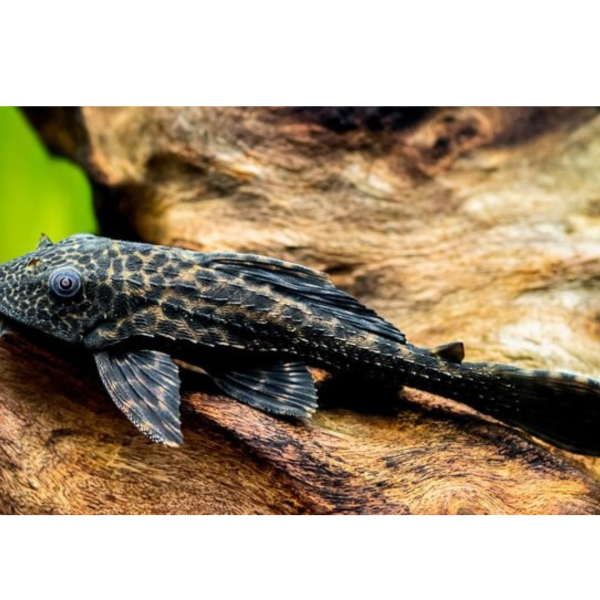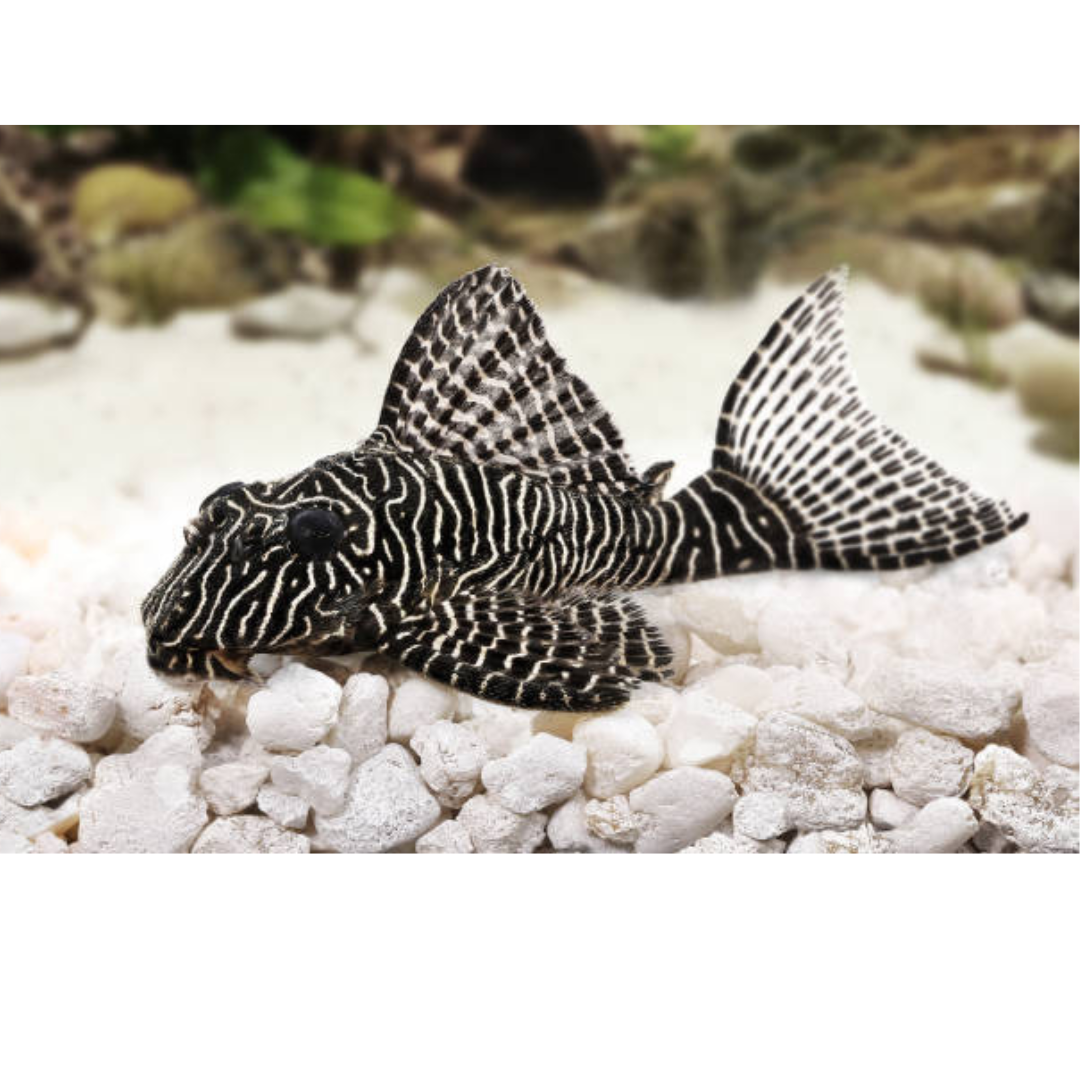Plecostomus, often affectionately called “plecos,” are popular freshwater fish known for their unique appearance and algae-eating habits. Native to rivers and streams in South America, these catfish are hardy and can be an excellent addition to your aquarium. However, ensuring their well-being requires proper knowledge about their care and habitat needs. Here’s what you need to know about the best aquarium setup, water temperature, diet, compatibility, and overall care for plecostomus.
Ideal Aquarium Setup for Plecostomus
When setting up an aquarium for plecostomus, space is essential. Depending on the species, plecos can grow from 4 inches to over 24 inches in length. The common plecostomus (Hypostomus plecostomus) can reach up to 18-24 inches, so a larger tank is crucial.
- Tank Size: A minimum of 75 gallons is recommended for an adult common plecostomus. Smaller species like the bristlenose pleco may be fine in a 20-30 gallon tank.
- Substrate and Decor: Plecos enjoy hiding spots and shaded areas. Use driftwood, caves, and rocks to create safe spaces for them. Driftwood is particularly beneficial as it provides fiber for certain plecos that like to gnaw on it.
- Filtration: Strong filtration is necessary as plecos produce a significant amount of waste. Opt for a powerful canister filter or multiple sponge filters to maintain water quality.
Water Temperature and Conditions
Plecos are adaptable but thrive best in specific water conditions:
- Temperature: Maintain a water temperature between 72°F and 82°F (22°C to 28°C). This range mimics their natural tropical environment.
- pH Level: A pH between 6.5 and 7.5 is ideal for most plecostomus species.
- Water Hardness: Soft to moderately hard water is preferable.
- Oxygenation: Ensure proper aeration, as plecos prefer well-oxygenated water.

Compatibility with Other Fish
Plecostomus generally get along with most tank mates, but there are a few things to consider:
- Temperament: Plecos are typically peaceful, but larger species can become territorial, especially with other bottom dwellers.
- Tank Mates: Ideal companions include peaceful fish such as tetras, gouramis, and barbs. Avoid pairing plecos with aggressive or fin-nipping fish.
- Avoid Overcrowding: Keep in mind that plecos need space to roam and forage. Overcrowding can lead to stress and territorial behavior.
Diet and Feeding Habits
One of the main attractions of plecostomus is their algae-eating capabilities. However, they require a balanced diet to thrive:
- Algae: While they do consume algae, it should not be their only source of food.
- Vegetables: Supplement their diet with blanched vegetables such as zucchini, cucumber, and spinach.
- Pellets and Wafers: Offer high-quality sinking algae wafers and catfish pellets for balanced nutrition.
- Protein: Occasionally, plecos may enjoy protein-rich foods like shrimp pellets or bloodworms.
Are Plecostomus Easy to Care For?
In general, plecos are hardy fish that can adapt to a range of conditions, making them relatively easy to care for. However, their size and dietary needs mean they do require regular attention and an appropriately maintained environment. Regular tank cleaning, consistent water changes, and ensuring a varied diet will keep your plecostomus healthy and thriving.

